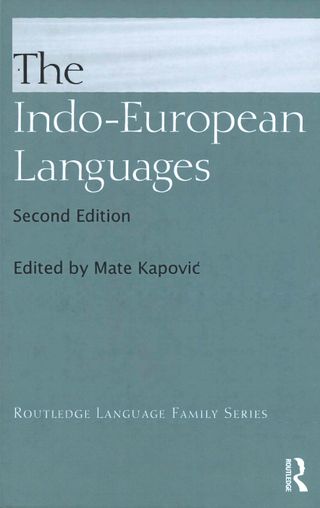?
Indo-Aryan
This is a short overview of the linguistic features (phonology, morphology, syntax, and lexicon) of the Indo-Aryan group of the Indo-Iranian branch of the Indo-European language family, with a representative bibliography.
The Indo-Aryan languages (sometimes also referred to, misleadingly and not quite correctly, as Indic, with special focus on Sanskrit) represent the largest group of the Indo-European both by the total number of speakers of the present-day Indo-Aryan languages (approx. one and a half billion of the total three billion speakers of Indo-European languages) and by the number of languages (ca. 225 languages recognized, for instance, by Ethnologue, thus making up more than half of all Indo-European languages listed by this source). The largest Indo-Aryan languages include Hindi and Urdu, Bengali, Punjabi, Marathi, Rajasthani and Gujarati. At present, Indo-Aryan languages are spoken, above all, on the Indian subcontinent, also referred to as South Asia.
